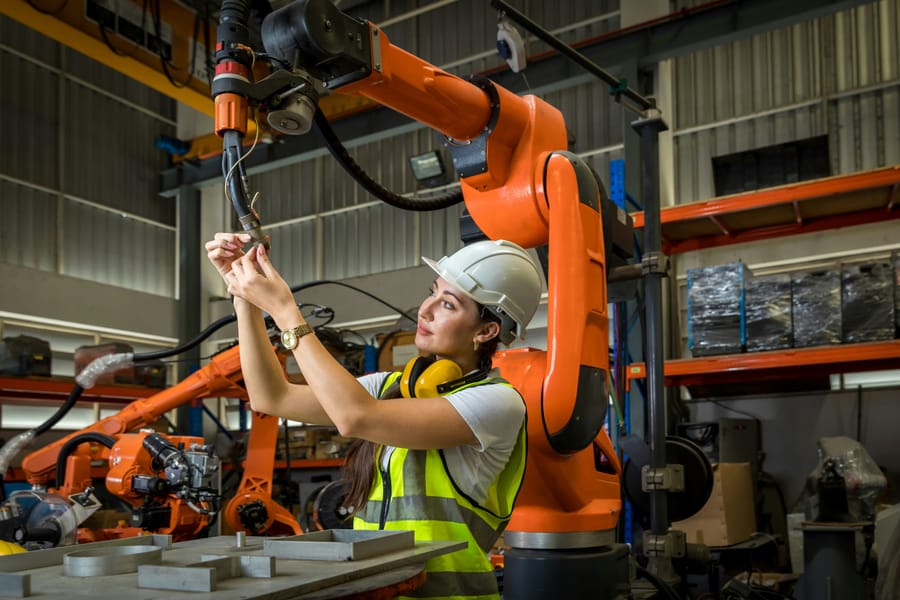The rapid spread of AI technologies is already reshaping the labour market, with several white-collar jobs eliminated and economists warning that the process is far from over. The highest risk is faced by employees in administrative, legal, financial, and certain creative sectors, where automation and generative AI directly replace human tasks.
Goldman Sachs has projected that up to 300 million jobs worldwide could be at risk in the coming years, as generative AI has the potential to replace 18% of all white-collar tasks. Analyses published in October 2025 highlight that in the United States and Europe, clerical and office roles are especially exposed, while Asian economies may undergo a different adjustment path due to faster adaptation. The latest data show that the unemployment rate among new graduates in the US has risen to 4.8%, partly driven by shifting labour market demands shaped by AI.
The conclusion is clear: AI-driven automation is no longer a distant threat but a current reality. The scale of potential job losses is measurable and affects millions, while experts stress the urgent need for reskilling and retraining programmes. The figure of 300 million at-risk roles underlines that AI’s labour market impact constitutes a systemic challenge for global economies.
Sources:
1.

2.
3.









